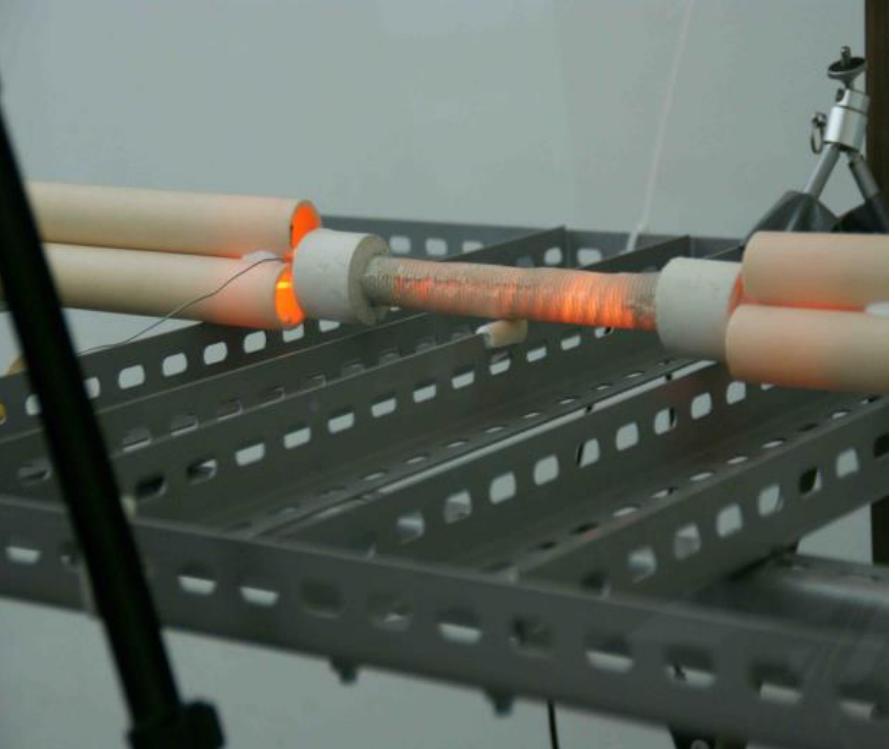对于冷聚变爱好者来说,今天是一个有纪念意义的日子,E-CAT的第三方长久测试结果出来了,COP为:3.6,不是很高,但是也值得欣慰,毕竟这只是刚刚开始,万里长征的第一步。

让我们看看透漏该测试结果的测试人员是怎么说的:
罗西博士:
祝贺你,报告在如你预期的一样发表了,很多知名的科学家都会假装认为它不存在,但是我想很多人应该对此产生浓厚的兴趣。
COP,我更愿意称他为能量增益因子来区分热泵上面的COP,那个COP具有不同的意义。3.6左右的COP实际上并不理想,因为在很多国家,燃烧天然气的费用是发电成本的三分之一。包含天然气在内有两种加热方式。首先,可以很明确的说,在更高的温度运行可以获得更高的能量增益因子。其次,类似于一种非线性级联系统可以使一个E-CAT连接另外一个E-CAT,可以获得超过10以上的COP.三重线性结构连接是否会给我们一个意想不到的结果呢?你已经说过一些关于猫+老鼠的体系,但是并没有解释是怎么工作的,因此我们期待这项工作的最新进展,这个你可能在未来几个月内公开。
Dr. Rossi:
Congratulations: the report was issued at around the time you forecast, and it ought to raise considerable interest, although I suppose that many prominent scientists will pretend it does not exist.
A C.O.P – which I prefer to call energy gain factor to distinguish it from heat pumps where the C.O.P. has a very different meaning – of around 3.6 is of course not ideal in practical terms, because in many countries natural gas heating costs around 30% of the cost of electrical heating. There are clearly at least two ways around this, apart from trying to heat the e-cat with natural gas. Firstly it is clear that operating at a higher temperature can increase the energy gain factor. Secondly some sort of cascading system, whereby one e-cat heats another one, could give a factor over 10. Would a triple cascade be possible, for really stunning results? You have already written about the cat-and-mouse system, without explaining how it functions, so we are all awaiting news on that topic, which you may be able to release in the coming months.
借用一首诗的两句话:千呼万唤始出来 犹抱琵琶半遮面,E-CAT终于蹒蹒珊珊的开始走步了,期待有一天他能产生万马奔腾的场面。
本文摘自冷聚变世界